| Title | Data analysis |
| Publication Type | In Collection |
| Year of Publication | 2007 |
| Authors | Jähne, B, Klar, M, Jehle, M |
| Editor | Tropea, C, Foss, J, Yarin, A |
| Collection Title | Handbook of Experimental Fluid Mechanics |
| Section | 25 |
| Pages | 1437--1491 |
| Publisher | Springer |
| Publication Language | eng |
| Abstract | From the beginning of science, visual observation has played a major role. At that time, the only way to document the results of an experiment was by verbal description and manual drawings. The next major step was the invention of photography more than one and a half centuries ago, which enabled experimental results to be documented objectively. In experimental fluid mechanics, flow visualization techniques gave direct insight into complex flows, but it was very difficult and time consuming to extract quantitative measurements from photographs and films. Nowadays, we are in the middle of a second revolution sparked by the rapid progress in both photonics and computer technology. Sensitive solid-state cameras are available that acquire digital image data, and standard personal computers and workstations have become powerful enough to process these data. These technologies are now available to any scientist or engineer. As a consequence, image processing has expanded and continues to expand rapidly from a few specialized applications into a standard scientific tool. This chapter gives a brief presentation of some of the most important general image processing techniques that are required to process image data in experimental fluid mechanics. The second section (Sect. 25.2) deals with motion analysis. The most important methods are introduced and classified according to the fundamental principles, assumptions and approximations upon which they are based. |
| DOI | 10.1007/978-3-540-30299-5_25 |
| Citation Key | jaehne2007d |


